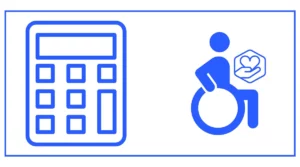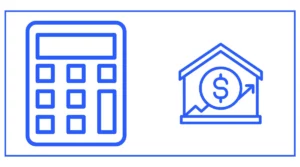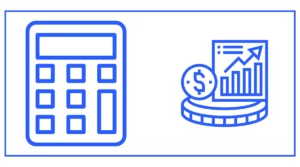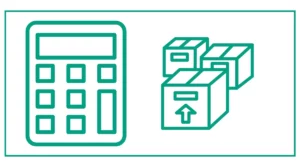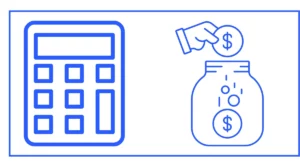Basis point Calculator
The basis point calculator helps you calculate the percentage change in a financial instrument’s value or rate.
Enter any one value to measure the remaining 3. For example, if you want to measure the basis point, enter the decimal value, the percent, permille, and basis points (bps) will be calculated automatically.
You can also enter the value of x and y to find the basis point.
In case you don’t know, basis points, also known as bps or “bips,” are a unit of measure in finance. It describes percentage changes in the value of financial instruments or rate changes in benchmarks.
One basis point is equal to 0.01% or 0.0001 in decimal form.
Finding the basis point is important because it helps in analyzing and interpreting market movements accurately.
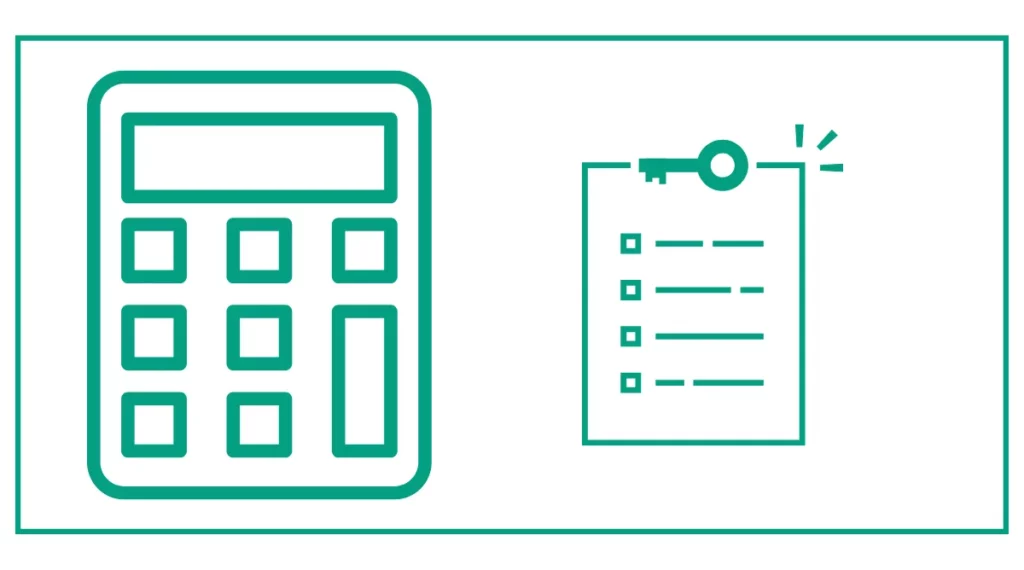
You might be interested in finding the reverse tax or marginal value.
Basis points, often abbreviated as “bps” or “bp,” are a unit of measurement commonly used in finance to describe percentage changes or differences. One basis point is equal to 0.01%, or one-hundredth of a percentage point. This small unit allows for precise expression of changes in interest rates, yields, and other financial metrics.
Understanding Basis Points
Basis points provide a standardized way to discuss small changes in percentages. For example, if an interest rate increases from 5% to 5.5%, we can say it increased by 50 basis points. This precision is particularly useful when dealing with financial instruments where small changes can have significant impacts.
Key points to remember:
- 1 basis point = 0.01%
- 100 basis points = 1%
- Basis points are used to express changes or differences in percentages
Why Use Basis Points?
Basis points are used extensively in finance for several reasons:
- Precision: They allow for clear communication of small changes in rates or yields.
- Avoiding confusion: Using basis points eliminates potential misunderstandings between percentage points and percentages.
- Standardization: Basis points provide a consistent unit of measurement across different financial contexts.
For instance, in the bond market, yields are often quoted in basis points. A change from 3.25% to 3.50% would be described as an increase of 25 basis points.
Converting Percentages to Basis Points
To convert a percentage to basis points, multiply the percentage by 100. For example:
0.5% = 0.5 × 100 = 50 basis points 1.75% = 1.75 × 100 = 175 basis points
Converting Basis Points to Percentages
To convert basis points to a percentage, divide the number of basis points by 100. For example:
30 bps = 30 ÷ 100 = 0.30% 125 bps = 125 ÷ 100 = 1.25%
Using a Basis Point Calculator
A basis point calculator is a tool that simplifies the process of converting between percentages and basis points. It can also help calculate the impact of basis point changes on various financial values.
How to Use a Basis Point Calculator
- Enter the value: Input either the percentage or the number of basis points.
- Choose the conversion: Select whether you’re converting from percentage to basis points or vice versa.
- Calculate: The calculator will automatically perform the conversion.
- Interpret the result: The converted value will be displayed, showing the equivalent in either basis points or percentage.
Benefits of Using a Basis Point Calculator
- Accuracy: Eliminates human error in calculations.
- Time-saving: Quickly converts between percentages and basis points.
- Consistency: Ensures uniform calculations across different scenarios.
Practical Applications of Basis Points
Interest Rates
Basis points are frequently used to describe changes in interest rates. For example, if a central bank raises its benchmark interest rate from 2% to 2.25%, this would be described as a 25 basis point increase.
Bond Yields
In the bond market, yields are often quoted in basis points. A corporate bond yield moving from 4.50% to 4.65% would be described as a 15 basis point increase.
Mortgage Rates
Mortgage lenders often use basis points to express rate changes. A fixed rate mortgage increasing from 3.75% to 4% represents a 25 basis point rise.
Investment Returns
Fund managers and analysts may use basis points to describe performance. A mutual fund outperforming its benchmark by 0.75% could be described as outperforming by 75 basis points.
Examples of Basis Point Calculations
Example 1: Interest Rate Change A savings account interest rate increases from 1.5% to 2%. To calculate the change in basis points: 2% – 1.5% = 0.5% 0.5% × 100 = 50 basis points
Example 2: Bond Yield Comparison Treasury bond A yields 3.25%, while Treasury bond B yields 3.40%. The difference in yield is: 3.40% – 3.25% = 0.15% 0.15% × 100 = 15 basis points
Example 3: Investment Fee An investment fund charges a management fee of 75 basis points. To convert this to a percentage: 75 ÷ 100 = 0.75%
Common Misconceptions about Basis Points
- Confusing basis points with percentages: Remember, 100 basis points equal 1%, not 100%.
- Misinterpreting large basis point values: 500 basis points is equal to 5%, not 0.5%.
- Assuming basis points are always small: While often used for small changes, basis points can represent larger values too.
Frequently Asked Questions
Why are basis points used instead of percentages?
Basis points provide more precision and clarity, especially when discussing small changes in rates or yields.
How many decimal places equal one basis point?
One basis point is equal to 0.0001 in decimal form.
Can basis points be negative?
Yes, basis points can be negative to indicate a decrease in a rate or yield.
Are basis points used outside of finance?
While primarily used in finance, basis points can be applied in any context requiring precise measurement of percentage changes.
Conclusion
Understanding basis points and how to calculate them is crucial for anyone involved in finance or dealing with percentage-based metrics. Whether you’re an investor tracking bond yields, a homeowner monitoring mortgage rates, or a professional in the finance industry, familiarity with basis points will enhance your ability to interpret and communicate financial information accurately.
A basis point calculator serves as a valuable tool in this process, offering quick and accurate conversions between percentages and basis points. By mastering the use of basis points and leveraging tools like basis point calculators, you can navigate financial discussions with greater confidence and precision.
References
- Basis Point | Investor.gov. (n.d.). Basis Point | Investor.gov. investor.gov/introduction-investing/investing-basics/glossary/basis-point
- basis point. (2023, July 19). BASIS POINT | English Meaning – Cambridge Dictionary. dictionary.cambridge.org/dictionary/english/basis-point
- What Is a Basis Point? Definition and How to Use – NerdWallet. (n.d.). NerdWallet. nerdwallet.com/article/banking/what-is-a-basis-point

